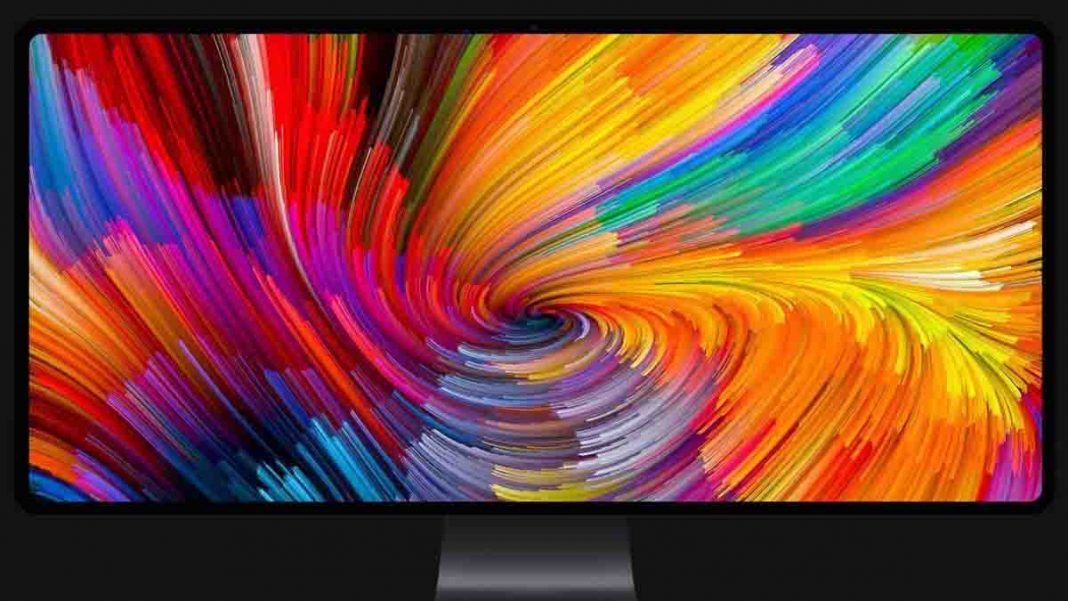According to sources, Apple is planning to include an upgrade in the upcoming iPad Pro 2022. The latest speculations suggest that after the launch of the 12.9-inch model, Apple plans to add a mini-LED display to the 11-inch iPad Pro in 2022.
What is mini-LED?
Mini-LED is a backlight technology that backs the LCD panel with diodes that are as little as 200-600 micrometers. These densely packed mini-LEDs allow better contrast and HDR performance. This also impacts contrast and improves power efficiency and makes it possible to have finer control over the brightest and darkest areas of the screen.
It is also rumored that Apple is planning to bring this update to the MacBook line. Previously it was said that the cheaper OLED displays were to be a part of the iPads and tablets, however, now with the 11-inch update, it is likely that more products will have Mini-LEDs in the future.
Apple has been working on six mini-LED products to launch for the first time in 2021 and 2022 according to the analyst, Ming-Chi Kuo.
Another industry report hints that Apple has planned to use micro-LED for upcoming Apple watches. According to comments made by the chairman of Epistar, Taiwan’s top LED producer, they are working on a factory to manufacture MicroLED displays.
What is MicroLED? How is it different from mini-LED?
Although both the technologies are new, mini-LED can be described as an evolution of television LCD technology. On the other hand, MicroLED itself creates the image.
Due to its self-emissive powers, each pixel has the ability to be shut down or turned off individually, or display a completely different color than what is next to it. This creates an almost perfect contrast and color control display.
Read More: Malala Yousafzai partners with Apple TV, signs multi-year deal
Apple is looking to introduce it in the Apple watches for better brightness, and wider color range. It is also easier to see with its wide viewing angle and faster update rates.
Apple is investing $330 million in production in a Taiwanese factory, but, since the production is still underway, we could see the mini-LEDs display hit the market before the MicroLEDs make their appearance.
On the other hand, the existing OLED technology is not likely to go anywhere and may still be a part of the more affordable range of products including iPad Air and iPad mini.
With the increase in mini-LED display suppliers, the opportunity is golden for Apple to develop more devices with mini-LED displays.
Some reports also indicated that iPad Air with an OLED display is also in the pipeline. However, the production for the iPad may be delayed than the expected time of 2022.
How are these upgrades significant?
The mini-LEDs will be well-received by the audience as they not only make the display better but also will allow the laptop/tablet to be lightweight and thin. This would go hand in hand with Apple branding ‘Air’ to its products and might become a successful selling point.
With a thinner and lighter body, improved battery life, and capturing displays, this could be the unique-selling point Apple was looking for.
Meanwhile, on the business side, it will also increase the company’s chances against the rival company Samsung which is known for making powerful displays on its Android phones.
Read More: Nissan claims no talks with Apple on self-driving cars
Pricing and estimates?
Although the mini-LED is more complex in manufacturing, they are only 10% cheaper than existing OLED screens. The iPad Pro is $100 more expensive than the previous model.
On the television screens, however, mini-LED models are in the range of a couple of hundred dollars as compared to their expensive standard LED counterparts.













